Earlier this month D-Wave Systems, the quantum computing pioneer that has long championed quantum annealing-based quantum computing (and sometimes taken.
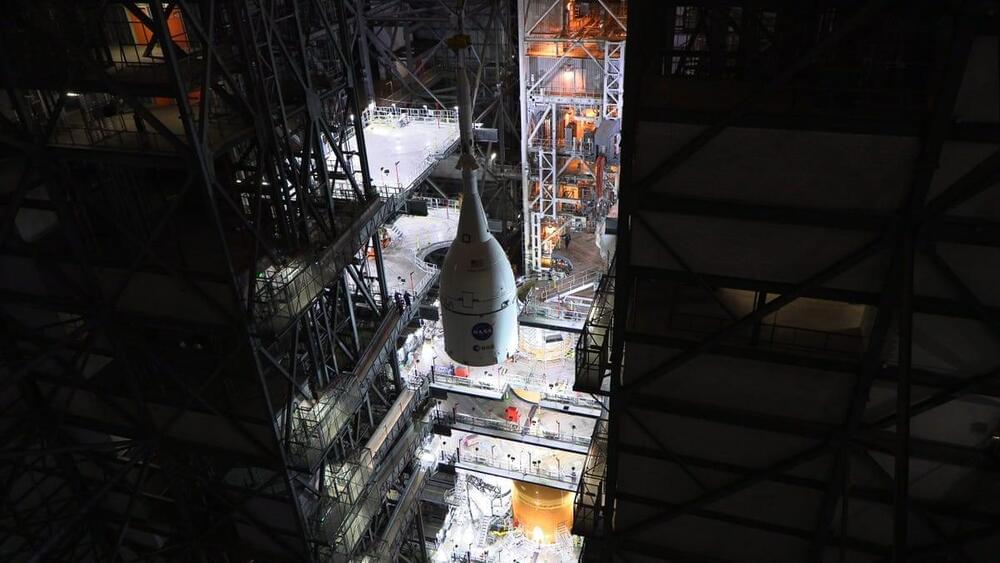

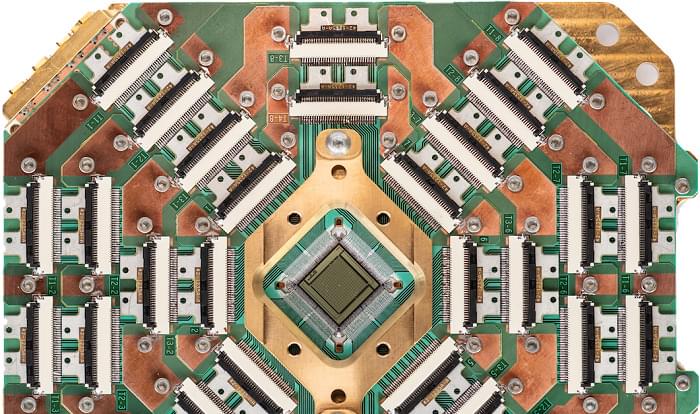
Earlier this month D-Wave Systems, the quantum computing pioneer that has long championed quantum annealing-based quantum computing (and sometimes taken heat for that approach), announced it was expanding into gate-based quantum computing.
Surprised? Perhaps we shouldn’t be. Spun out of the University of British Columbia in 1,999 D-Wave initially targeted gate-based quantum computing and discovered how hard it would be to develop. The company strategy morphed early on.
“I joined in 2005 when the company was first transitioning from a gate-model focus to quantum annealing focus,” recalled Mark Johnson, now vice president of quantum technologies and systems products. “There was still this picture that we wanted to find the most direct path to providing valuable quantum applications and we felt that quantum annealing was the was the way to do that. We felt the gate model was maybe 20 years away.”

When the COVID-19 pandemic shut down experiments at the Department of Energy’s SLAC National Accelerator Laboratory early last year, Shambhu Ghimire’s research group was forced to find another way to study an intriguing research target: quantum materials known as topological insulators, or TIs, which conduct electric current on their surfaces but not through their interiors.
Denitsa Baykusheva, a Swiss National Science Foundation Fellow, had joined his group at the Stanford PULSE Institute two years earlier with the goal of finding a way to generate high harmonic generation, or HHG, in these materials as a tool for probing their behavior. In HHG, laser light shining through a material shifts to higher energies and higher frequencies, called harmonics, much like pressing on a guitar string produces higher notes. If this could be done in TIs, which are promising building blocks for technologies like spintronics, quantum sensing and quantum computing, it would give scientists a new tool for investigating these and other quantum materials.
With the experiment shut down midway, she and her colleagues turned to theory and computer simulations to come up with a new recipe for generating HHG in topological insulators. The results suggested that circularly polarized light, which spirals along the direction of the laser beam, would produce clear, unique signals from both the conductive surfaces and the interior of the TI they were studying, bismuth selenide—and would in fact enhance the signal coming from the surfaces.
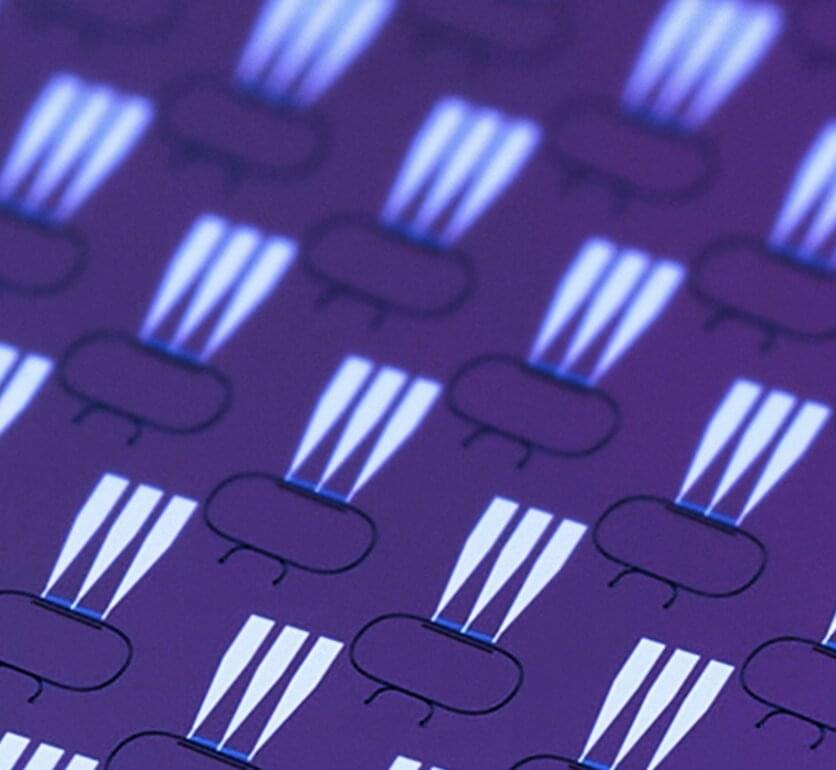
Light offers an irreplaceable way to interact with our universe. It can travel across galactic distances and collide with our atmosphere, creating a shower of particles that tell a story of past astronomical events. Here on earth, controlling light lets us send data from one side of the planet to the other.
Given its broad utility, it’s no surprise that light plays a critical role in enabling 21st century quantum information applications. For example, scientists use laser light to precisely control atoms, turning them into ultra-sensitive measures of time, acceleration, and even gravity. Currently, such early quantum technology is limited by size—state-of-the-art systems would not fit on a dining room table, let alone a chip. For practical use, scientists and engineers need to miniaturize quantum devices, which requires re-thinking certain components for harnessing light.
Now IQUIST member Gaurav Bahl and his research group have designed a simple, compact photonic circuit that uses sound waves to rein in light. The new study, published in the October 21 issue of the journal Nature Photonics, demonstrates a powerful way to isolate, or control the directionality of light. The team’s measurements show that their approach to isolation currently outperforms all previous on-chip alternatives and is optimized for compatibility with atom-based sensors.
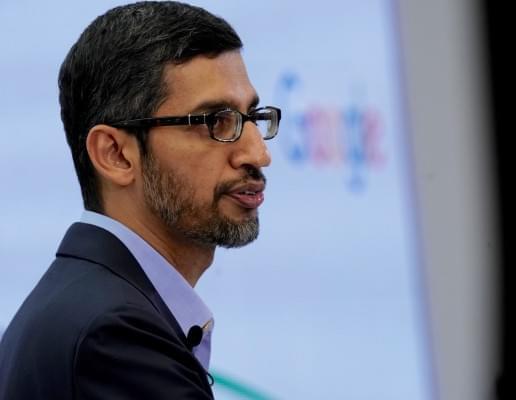
In a wide-ranging interview at the WSJ Tech Live conference that touched on topics like the future of remote work, AI innovation, employee activism and even misinformation on YouTube, Alphabet CEO Sundar Pichai also shared his thoughts on the state of tech innovation in the U.S. and the need for new regulations. Specifically, Pichai argued for the creation of a federal privacy standard in the U.S., similar to the GDPR in Europe. He also suggested it was important for the U.S. to stay ahead in areas like AI, quantum computing and cybersecurity, particularly as China’s tech ecosystem further separates itself from Western markets.
In recent months, China has been undergoing a tech crackdown, which has included a number of new regulations designed to combat tech monopolies, limit customer data collection and create new rules around data security, among other things. Although many major U.S. tech companies, Google included, don’t provide their core services in China, some who did are now exiting — like Microsoft, which just this month announced its plan to pull LinkedIn from the Chinese market.
Pichai said this sort of decoupling of Western tech from China may become more common.
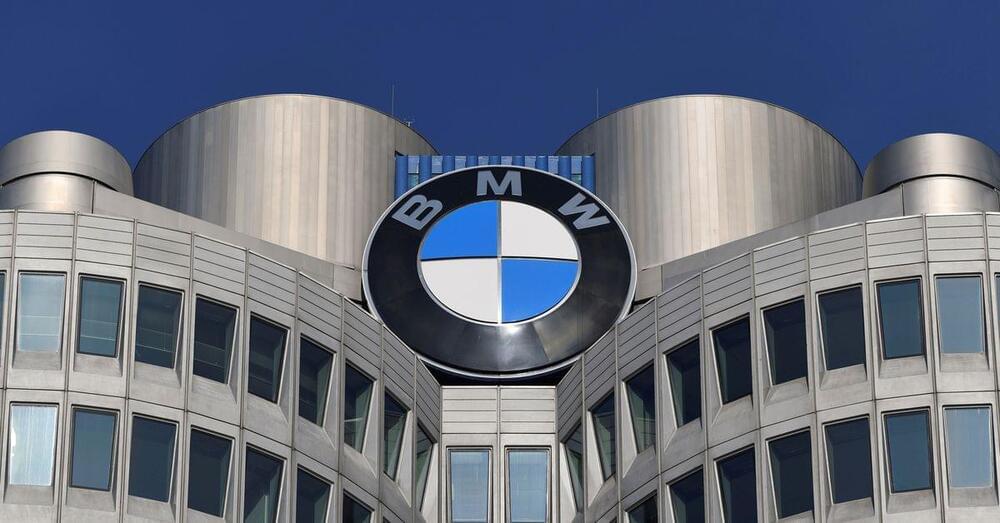
Oct 18 (Reuters) — Michigan-based Our Next Energy, which is developing an advanced battery for electric vehicles, has raised $25 million from investors ranging from German automaker BMW (BMWG.DE) to a clean technology venture firm headed by Microsoft co-founder Bill Gates, the young company said on Monday.
Investors in ONE’s Series A round include BMW iVentures, Detroit-based Assembly Ventures and Chicago-based Volta Energy Technologies, which is partnered with Argonne National Laboratories. Another investor is Singapore-based electronics manufacturer Flex Ltd (FLEX.O), which is also a strategic partner with ONE.
The round was led by Breakthrough Energy Ventures, the investment arm of Breakthrough Energy, founded by Gates in 2015 to support and fund innovations to counter climate change. Among the Kirkland, Washington company’s investments: Battery recycler Redwood Materials, electric aircraft maker ZeroAvia and solid-state battery developer QuantumScape (QS.N).
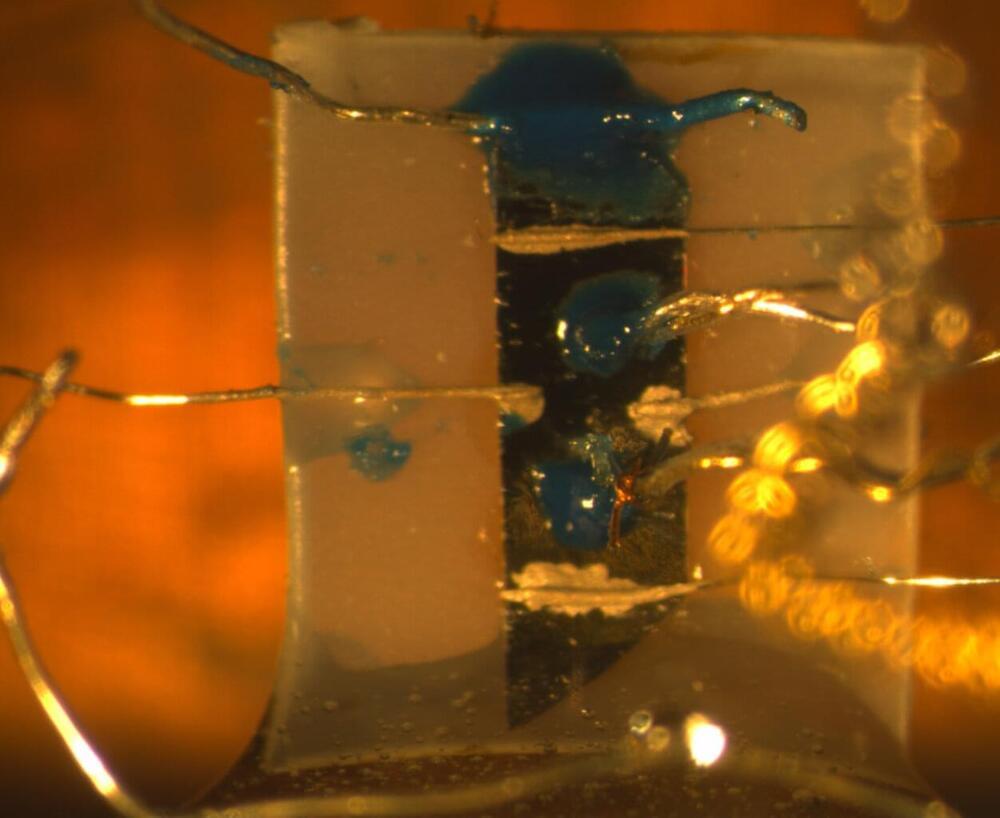
The central principle of superconductivity is that electrons form pairs. But can they also condense into foursomes? Recent findings have suggested they can, and a physicist at KTH Royal Institute of Technology today published the first experimental evidence of this quadrupling effect and the mechanism by which this state of matter occurs.
Reporting today in Nature Physics, Professor Egor Babaev and collaborators presented evidence of fermion quadrupling in a series of experimental measurements on the iron-based material, Ba1−x Kx Fe2As2. The results follow nearly 20 years after Babaev first predicted this kind of phenomenon, and eight years after he published a paper predicting that it could occur in the material.
The pairing of electrons enables the quantum state of superconductivity, a zero-resistance state of conductivity which is used in MRI scanners and quantum computing. It occurs within a material as a result of two electrons bonding rather than repelling each other, as they would in a vacuum. The phenomenon was first described in a theory by, Leon Cooper, John Bardeen and John Schrieffer, whose work was awarded the Nobel Prize in 1972.
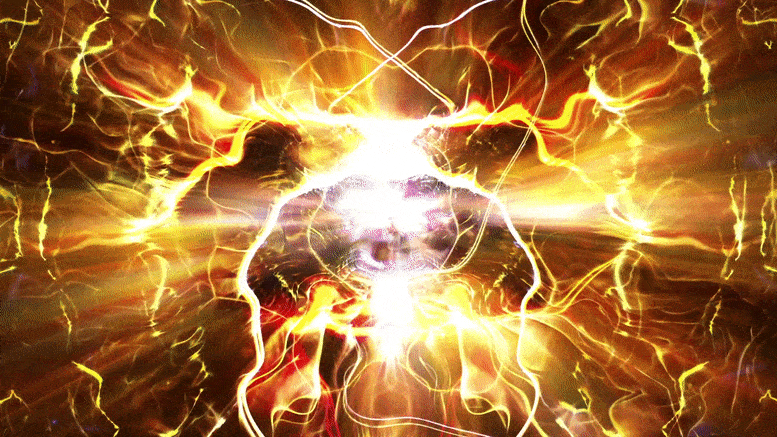
The central principle of superconductivity is that electrons form pairs. But can they also condense into foursomes? Recent findings have suggested they can, and a physicist at KTH Royal Institute of Technology today published the first experimental evidence of this quadrupling effect and the mechanism by which this state of matter occurs.
Reporting in Nature Physics, Professor Egor Babaev and collaborators presented evidence of fermion quadrupling in a series of experimental measurements on the iron-based material, Ba1−xKxFe2As2. The results follow nearly 20 years after Babaev first predicted this kind of phenomenon, and eight years after he published a paper predicting that it could occur in the material.
The pairing of electrons enables the quantum state of superconductivity, a zero-resistance state of conductivity which is used in MRI scanners and quantum computing. It occurs within a material as a result of two electrons bonding rather than repelling each other, as they would in a vacuum. The phenomenon was first described in a theory by, Leon Cooper, John Bardeen and John Schrieffer, whose work was awarded the Nobel Prize in 1972.

Convolutional neural networks running on quantum computers have generated significant buzz for their potential to analyze quantum data better than classical computers can. While a fundamental solvability problem known as “barren plateaus” has limited the application of these neural networks for large data sets, new research overcomes that Achilles heel with a rigorous proof that guarantees scalability.
“The way you construct a quantum neural network can lead to a barren plateau—or not,” said Marco Cerezo, co-author of the paper titled “Absence of Barren Plateaus in Quantum Convolutional Neural Networks,” published today by a Los Alamos National Laboratory team in Physical Review X. Cerezo is a physicist specializing in quantum computing, quantum machine learning, and quantum information at Los Alamos. “We proved the absence of barren plateaus for a special type of quantum neural network. Our work provides trainability guarantees for this architecture, meaning that one can generically train its parameters.”
As an artificial intelligence (AI) methodology, quantum convolutional neural networks are inspired by the visual cortex. As such, they involve a series of convolutional layers, or filters, interleaved with pooling layers that reduce the dimension of the data while keeping important features of a data set.

Multidisciplinary team of materials physicists and geophysicists combine theoretical predictions, simulations, and seismic tomography to find spin transition in the Earth’s mantle.
The interior of the Earth is a mystery, especially at greater depths (660 km). Researchers only have seismic tomographic images of this region and, to interpret them, they need to calculate seismic (acoustic) velocities in minerals at high pressures and temperatures. With those calculations, they can create 3D velocity maps and figure out the mineralogy and temperature of the observed regions. When a phase transition occurs in a mineral, such as a crystal structure change under pressure, scientists observe a velocity change, usually a sharp seismic velocity discontinuity.
In 2,003 scientists observed in a lab a novel type of phase change in minerals — a spin change in iron in ferropericlase, the second most abundant component of the Earth’s lower mantle. A spin change, or spin crossover, can happen in minerals like ferropericlase under an external stimulus, such as pressure or temperature. Over the next few years, experimental and theoretical groups confirmed this phase change in both ferropericlase and bridgmanite, the most abundant phase of the lower mantle. But no one was quite sure why or where this was happening.